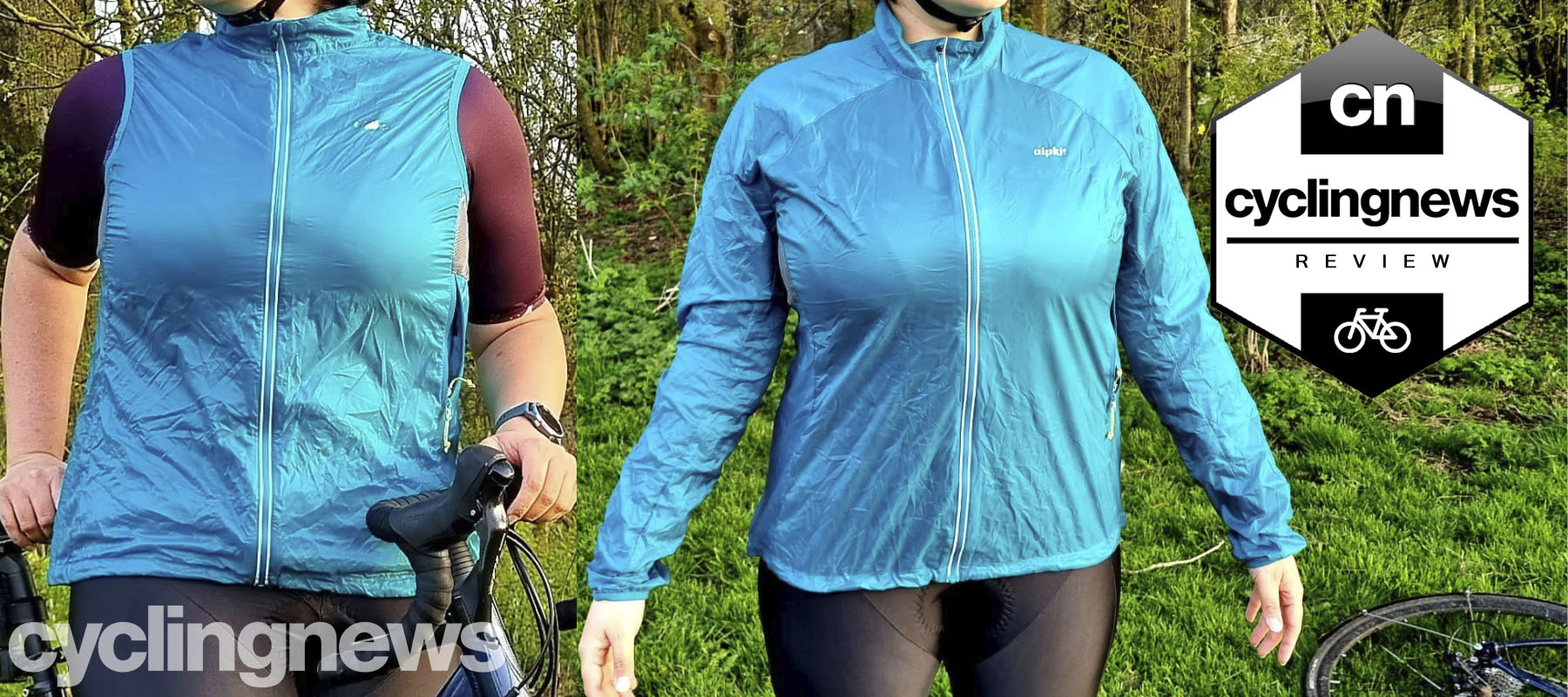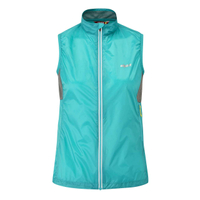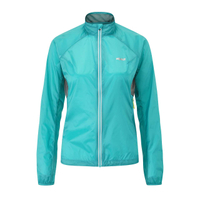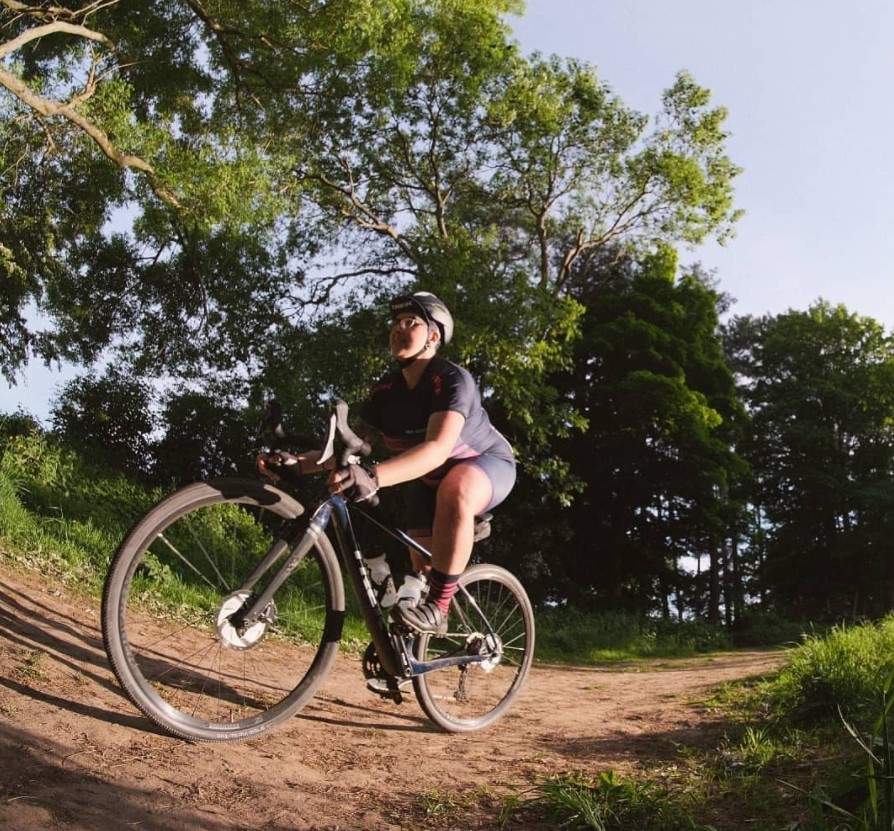Cyclingnews Verdict
Comfortable, packable and great value outer layers that do an excellent job of keeping your core warm, but let down by breathability issues and an oddly placed pocket.
Pros
- +
Comfortable and adjustable fit
- +
Soft and durable fabric
- +
Packs down into a jersey pocket
- +
Keeps warmth locked in around your core
- +
Stands up well to light rain showers
- +
Lovely colour
- +
Available up to UK size 18
- +
Very reasonably priced
Cons
- -
Arro Jacket doesn’t breathe at all (‘boil in the bag’)
- -
The side pocket is difficult to use as storage for valuables
You can trust Cyclingnews
Despite its status as a relatively small company, Alpkit has made a big name for itself as an outdoor gear company which designs and manufactures good quality clothing and equipment sold directly to the consumer at wallet-friendly prices.
Back in September 2020 it became a B Corporation, which means it meets “the highest verified standards of social and environmental performance, transparency, and accountability”, making it a choice retailer for eco-conscious adventurers and the like. Furthermore, Alpkit offers a 25-year guarantee on many of its products alongside repairs, in a bid to create products that last.
Alongside camping equipment, wetsuits and hiking and climbing gear, Alpkit produces its own cycling line, which covers clothing, accessories, and bikepacking bags, not to mention its line of Sonder bikes.
We got our hands on some of its cycling kit, including both the Arro Vest and Arro Jacket, Alpkit’s take on the classic windshirt and gilet. Both are designed to be 100 per cent windproof, lightweight and packable, while also promising “hard use with a soft touch” and non-rustle fabric. The latter will appeal to anyone who’s been deafened by a flapping softshell jacket in gale force winds.
The Arro Vest and Arro Jacket are marketed for cycling, but also designed to be versatile enough for use when running, hiking and climbing. So how does this affect their performance on the bike? Does this make them great all-rounders or the Jack of all trades and master of none?
We’ve spent the last few months putting both to the test in a variety of weather conditions, making the most of the UK’s recent blustery winter weather. Here’s what we found.
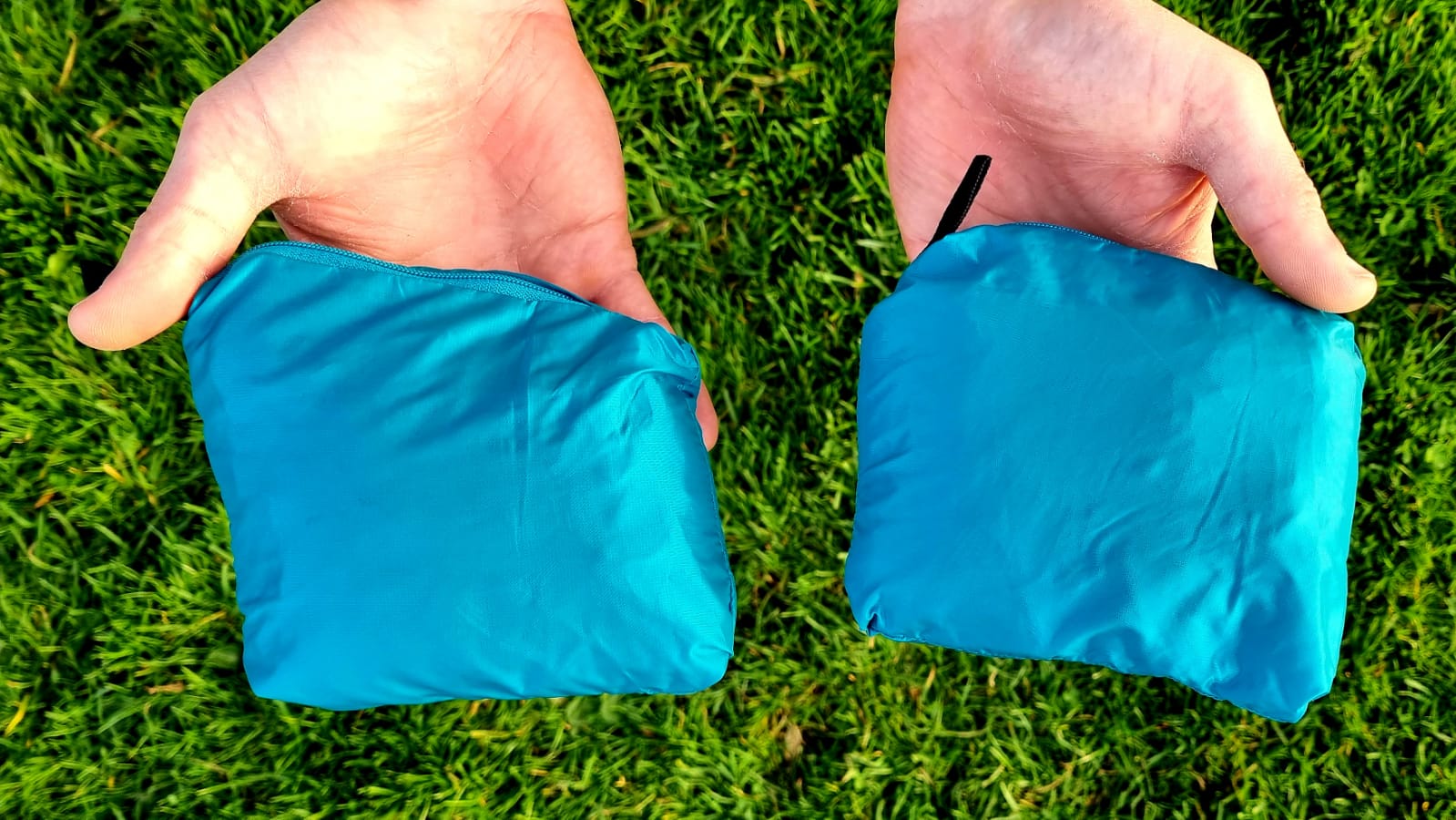
Design and aesthetics
The Arro Vest and Jacket share many similarities and are essentially constructed in the same way except for the sleeves (or lack thereof). The majority of the garments are made from nylon micro ripstop, a material commonly used in outdoor gear including tents and tarps, so while it feels soft to the touch and lightweight, it promises durability in suboptimal conditions.
Both vest and jacket have a relaxed fit with plenty of room for layers underneath, but also make good use of darts in the pattern to create a flattering cut. It tapers into the small of the back rather than hanging loose off the shoulders, and comes in slightly at the waist to accommodate curves. In addition to this, the grey mesh panels beneath the arms, designed for ventilation, are stretchy and as a bonus, helps to accommodate those with a fuller bust.
As we mentioned above, the Arro range is claimed to be suitable for a variety of outdoor activities, but it’s predominantly marketed for cycling. As such, it’s cut for the bike, with adequately long sleeves and a slight drop tail for rear coverage. This provides a comfortable and practical fit while in the cycling position, but also due to the very subtle drop at the back, wouldn’t look out of place on a hike.
The collar is high to keep the chill out, and features a garage for the full-length reflective zip. A reflective Alpkit logo sits on the left of the chest, while at the back reflective details are minimal. There’s a reflective tab on the bottom hem, but otherwise nothing else to speak of, which seems a shame. More reflectivity at the back would be welcome.
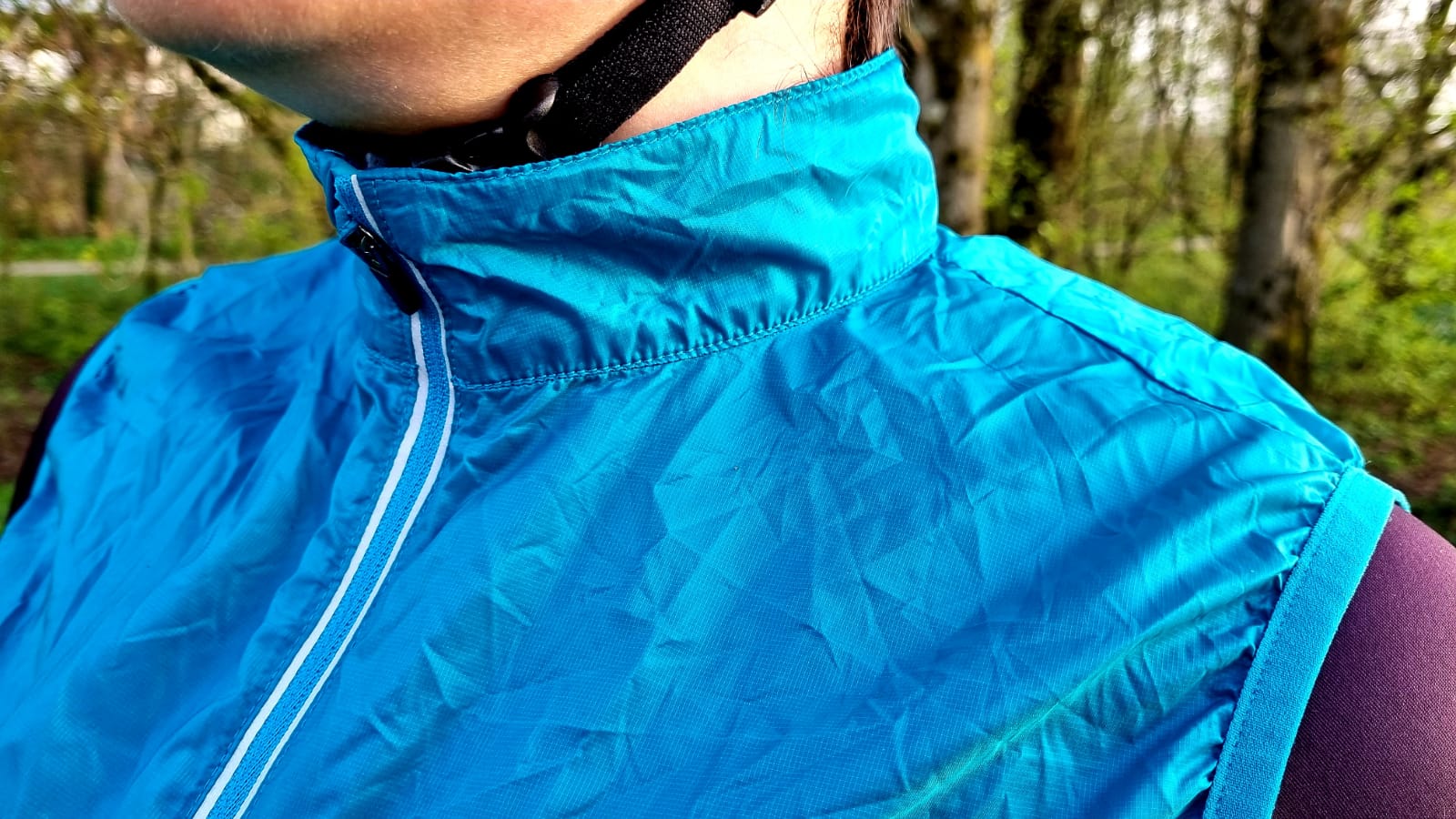
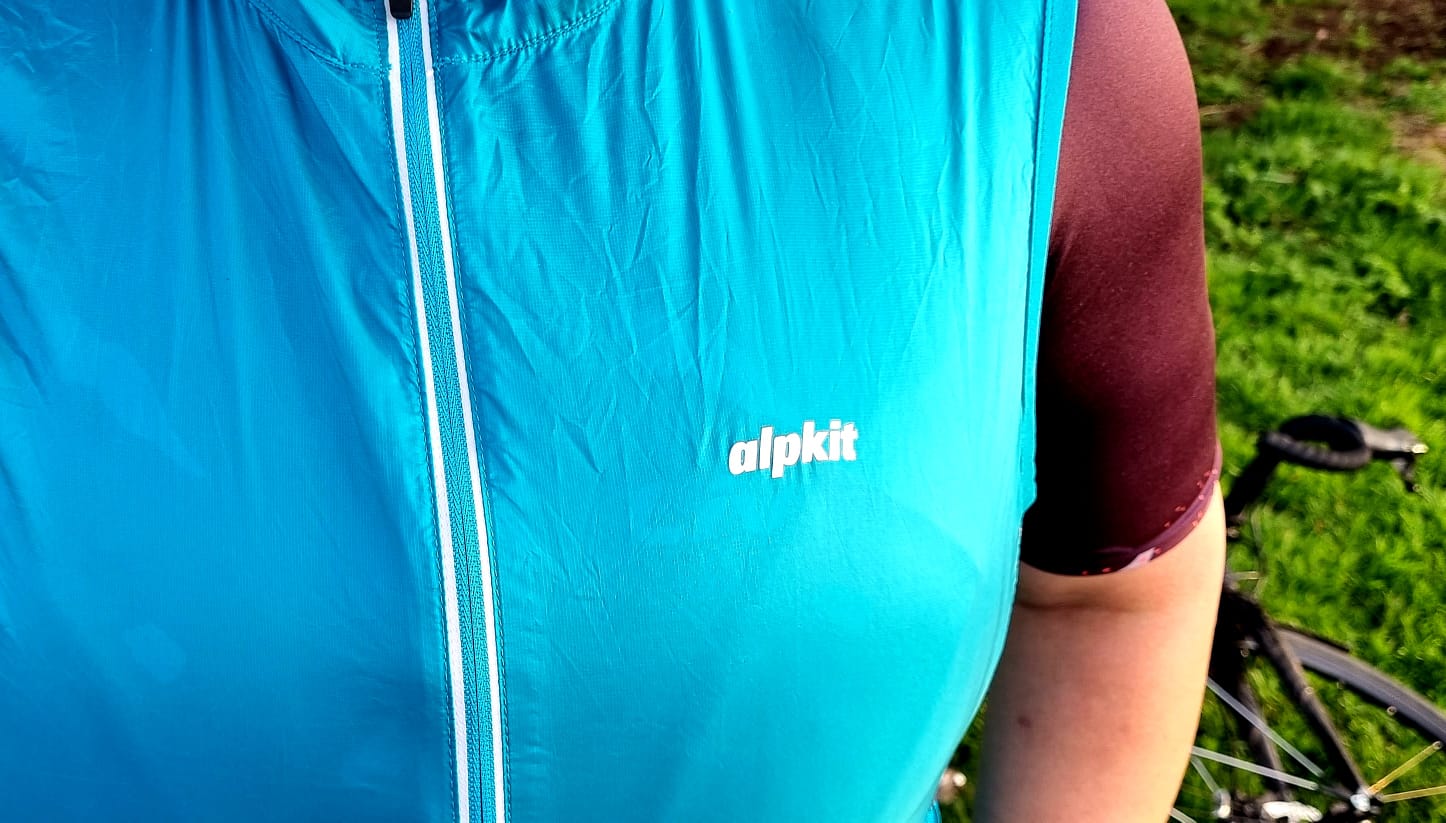
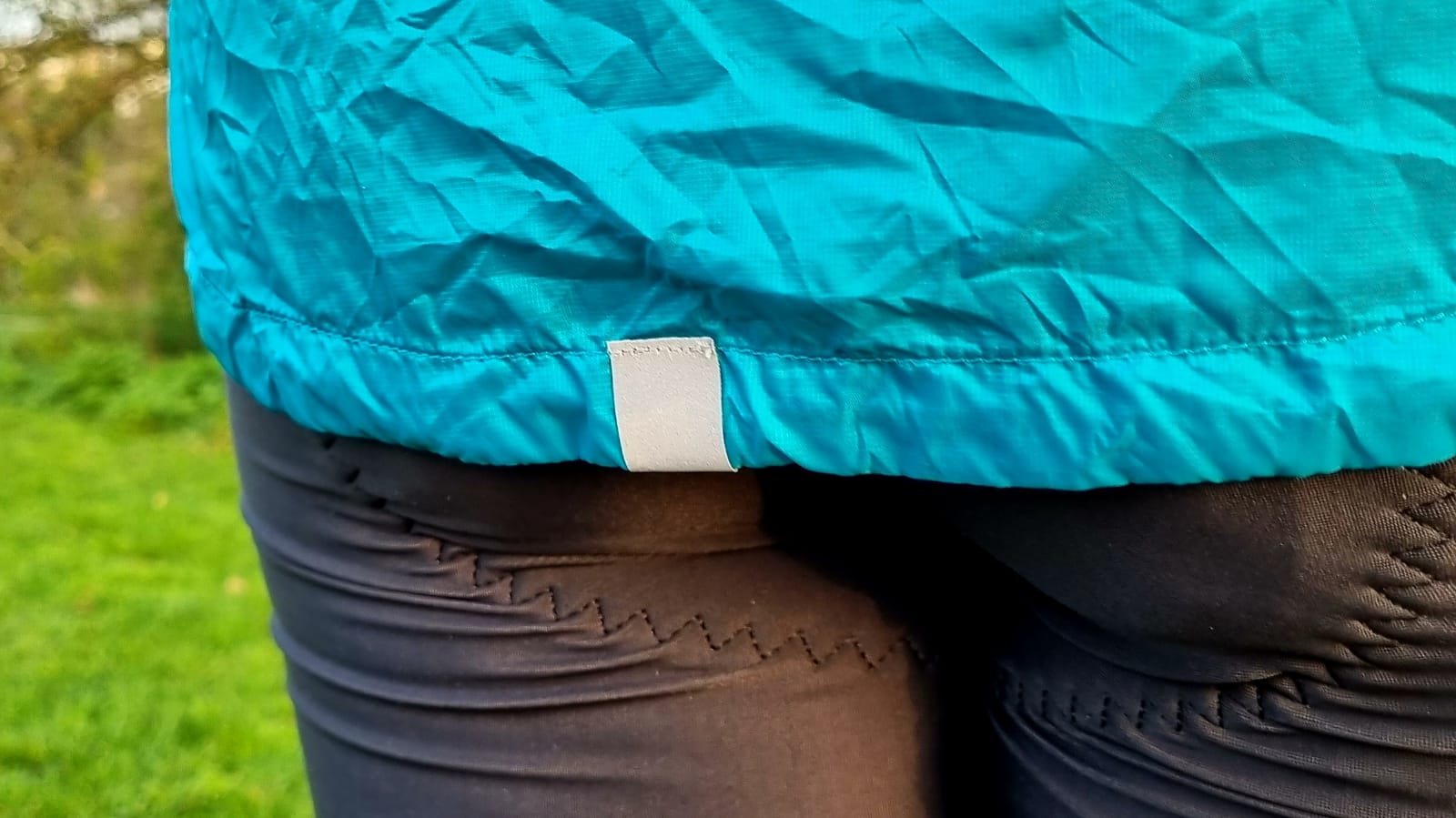
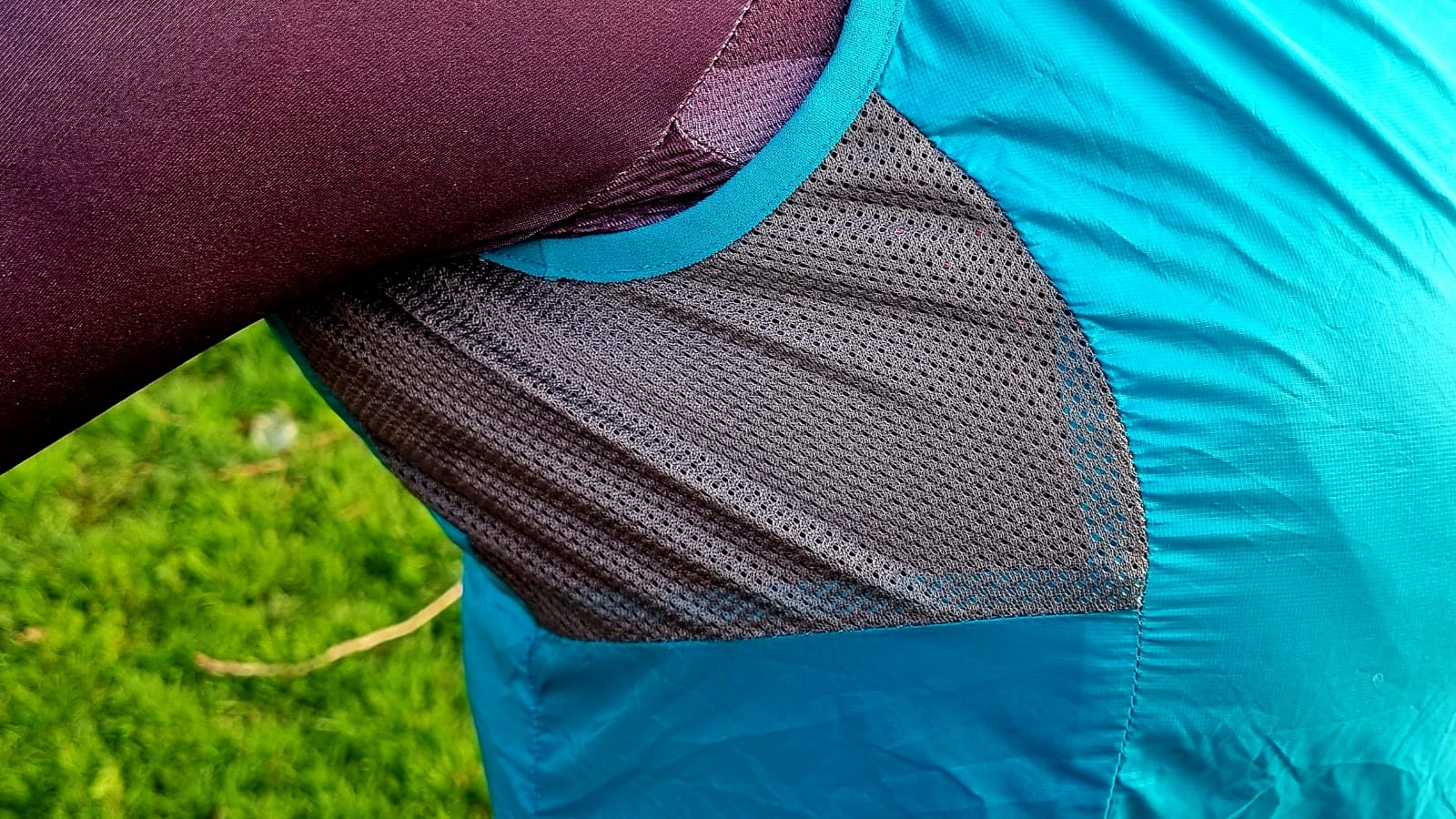
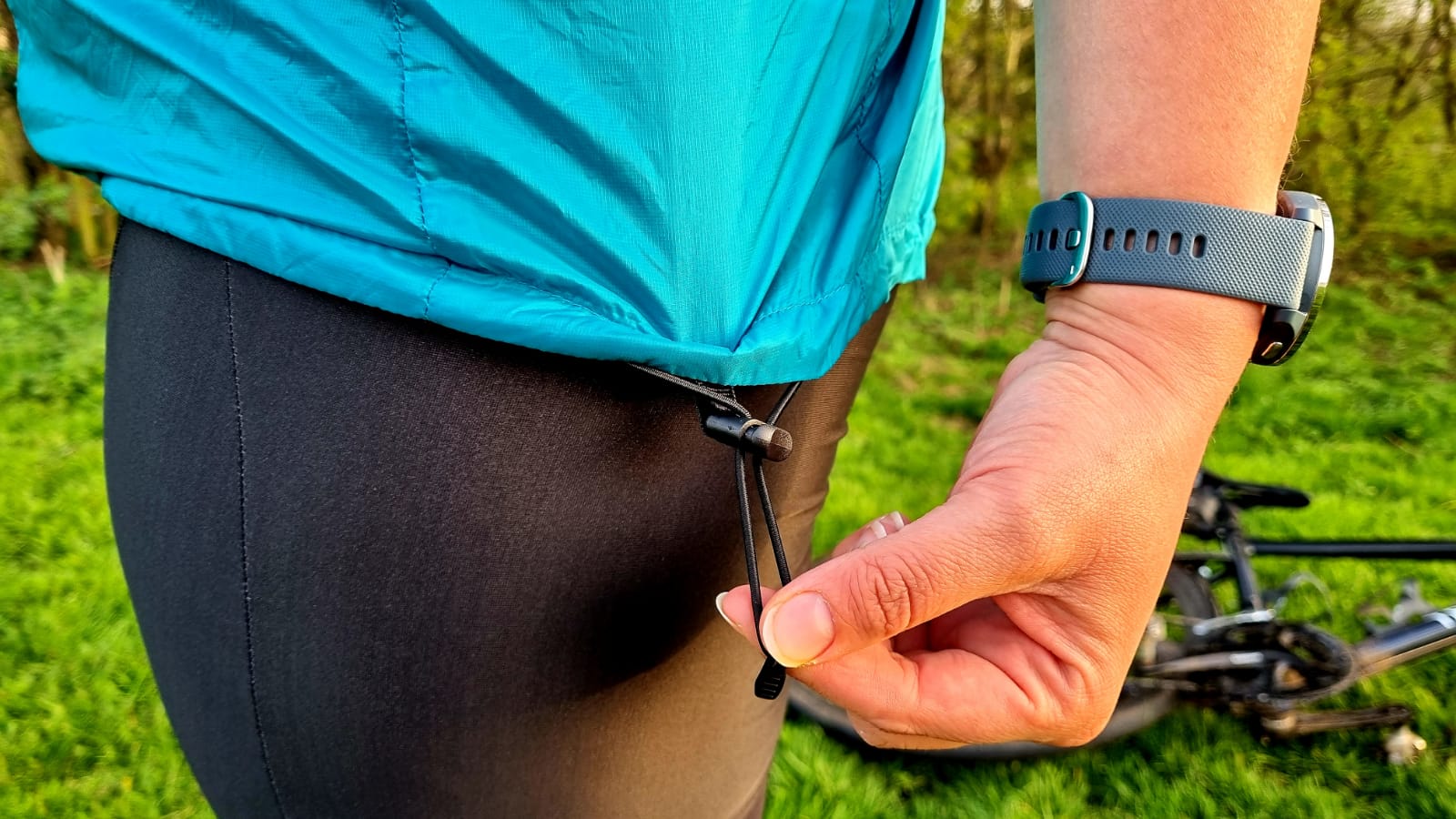
Both the Arro Vest and Jacket sit nicely on the hips, with a drawcord to adjust the fit and prevent any riding up while cycling.
As with many of Alpkit’s offerings, colour options are limited, and the Arro only comes in the teal colour shown here, though it is a very nice colour that’s bright enough to help you stay seen as light levels diminish, without screaming hi-viz.
There is a zippered pocket on the left side which is easy to undo thanks to the large fabric tag. The pocket is angled towards the back, which means if you want to store something in there, you either have to twist your left hand into an awkward position to access it, or reach around with your right arm (and that’s only going to work if you have long limbs and a small chest to contend with). I found storing keys in this pocket doable, because I was able to hook my finger around them and retrieve them fairly easily, however storing a debit card or money in there made it a lot harder. In the end, I just stopped using it for storage. If the pocket were angled forwards it would be a lot more accessible. At least the fabric has a bit of give, so you can easily pull it up to reach into your jersey pockets instead.
However, this isn’t the only thing the pocket was designed for, so credit where it’s due: it actually doubles up as a storage pouch for the jacket or vest to be packed away into, with the zip neatly securing everything in place. Both garments pack down to 12x14x6cm which is small enough to fit inside a jersey pocket; the Arro Vest weighs 77g in UK size 16, while the Jacket tips our scales at 101g.
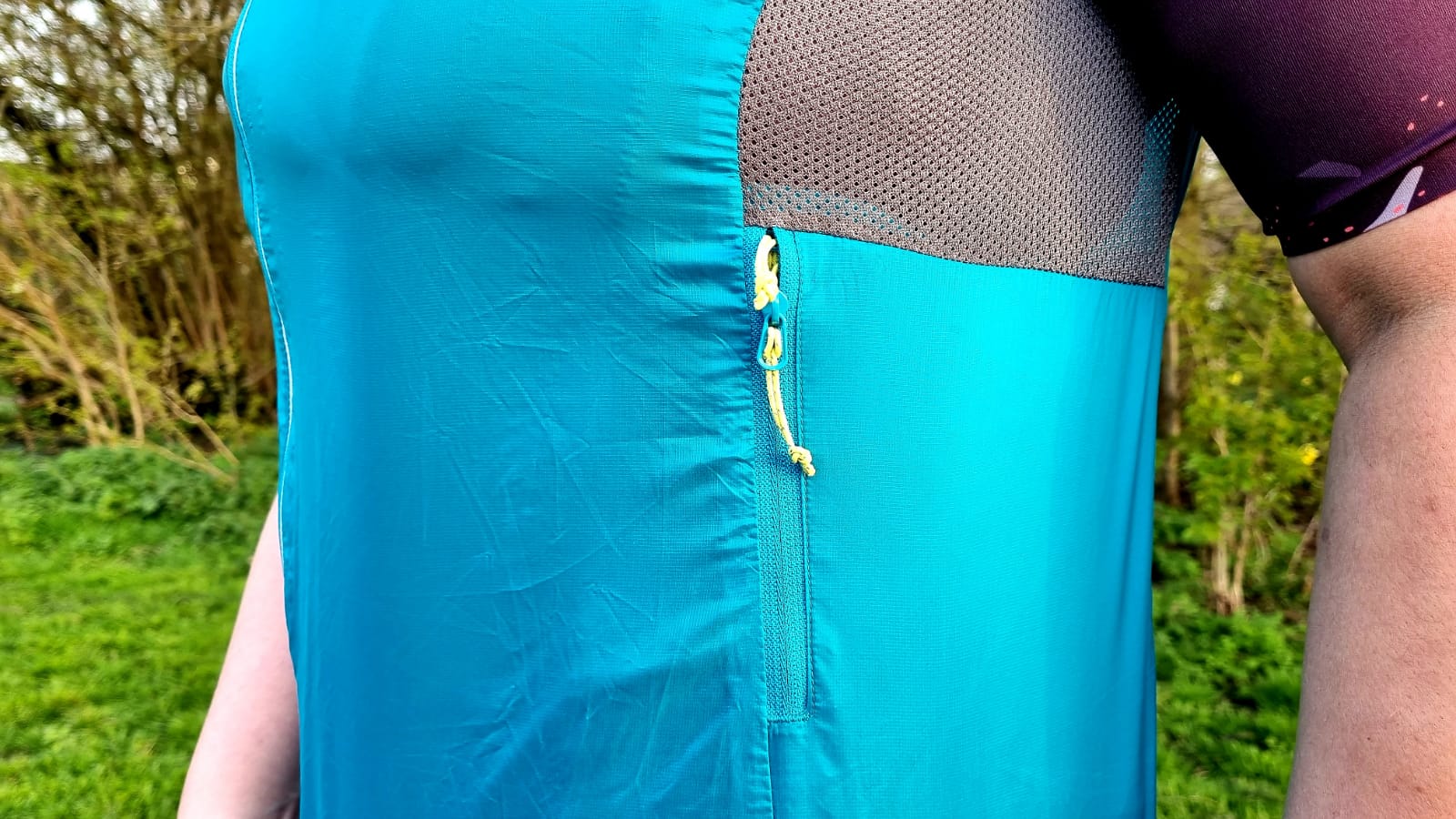
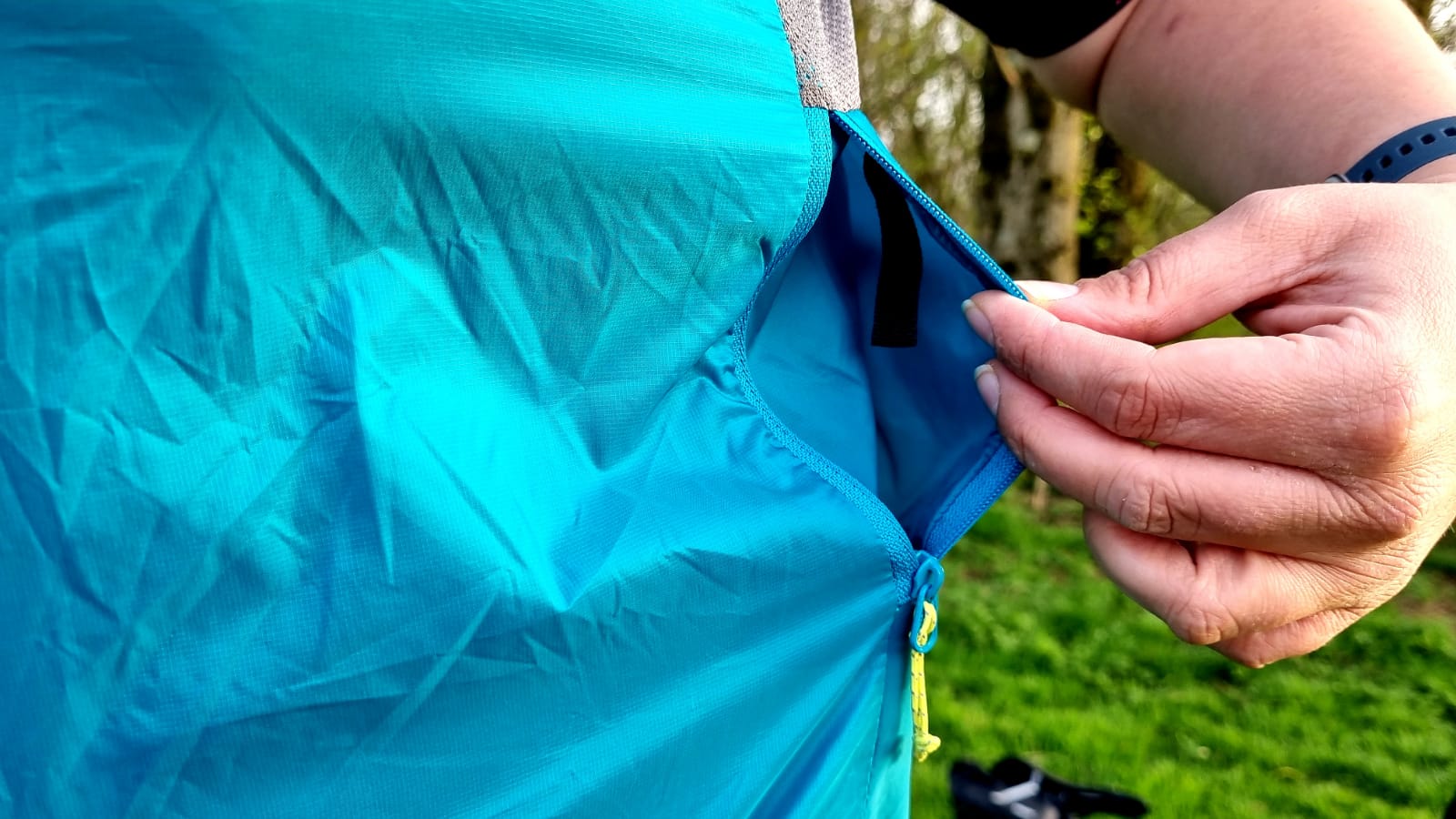
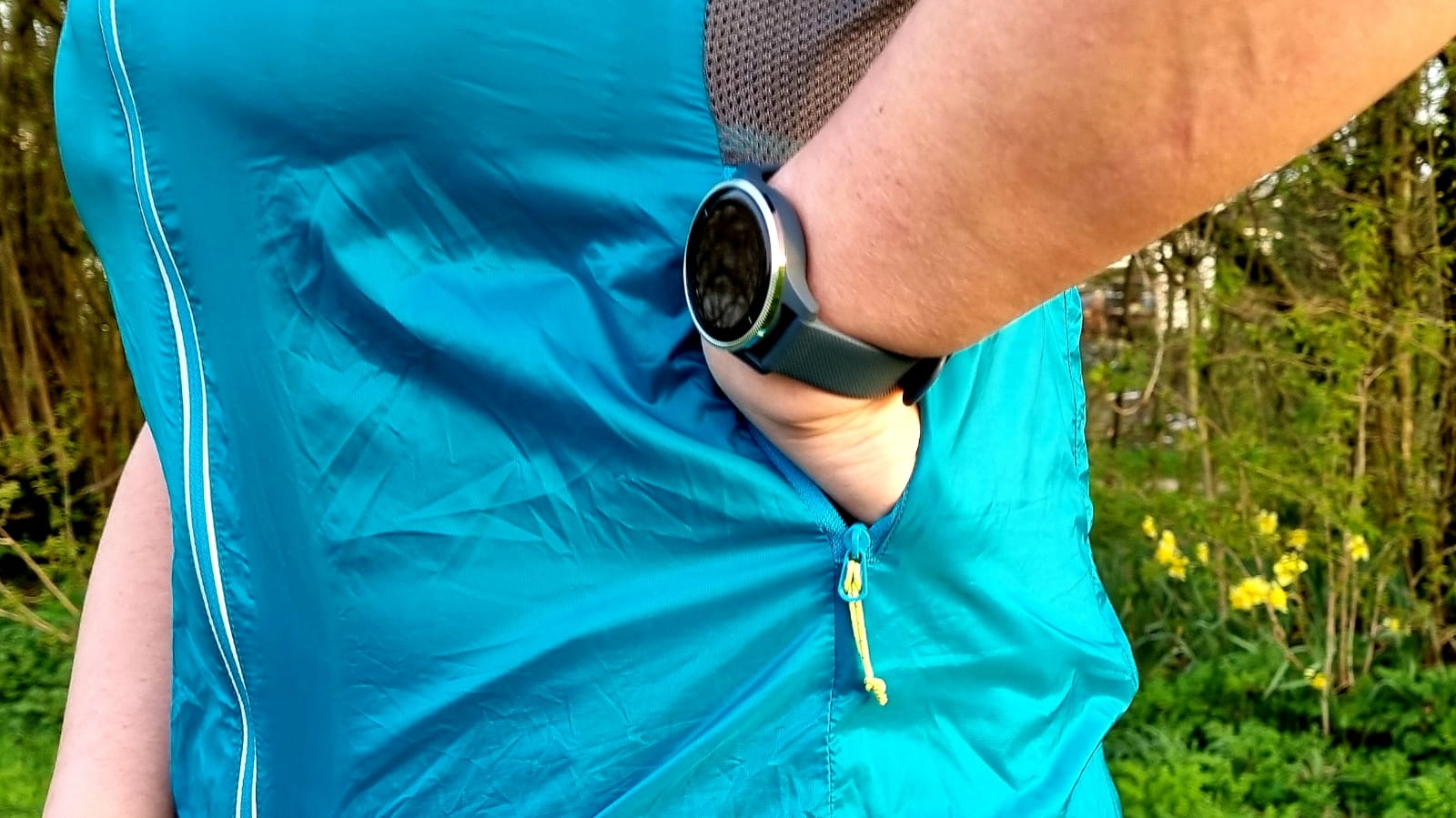
Performance
When in use, it was immediately apparent that the soundproofing works very well. I rode on days where we had up to 30 mph gusts, and never experienced any wind chill at all. Even on days where I wished I’d opted for the jacket over the vest, and felt the goose pimples on my arms protesting against the cold, my core was always toasty and warm.
Alpkit successfully delivers on its rustle-free claim here. Even though there’s some loose fabric due to the relaxed fit, I was never beaten around the ears by the rustle of plastic flapping around uncontrollably. In fact, I didn’t give it much thought while riding because it wasn’t noticeable at all, which to me is always a good sign.
Both the vest and jacket are comfortable to wear and allow for a full range of movement with no tight spots or unwanted tugging. They’re easily adjusted to achieve a good fit using the drawcord at the bottom, and don’t ride up while you’re on the move either. While I’m not a fan of the side pocket (as storage for valuables) I found it easy to reach my jersey pockets when shifting the windshirts up and then replacing them afterwards.
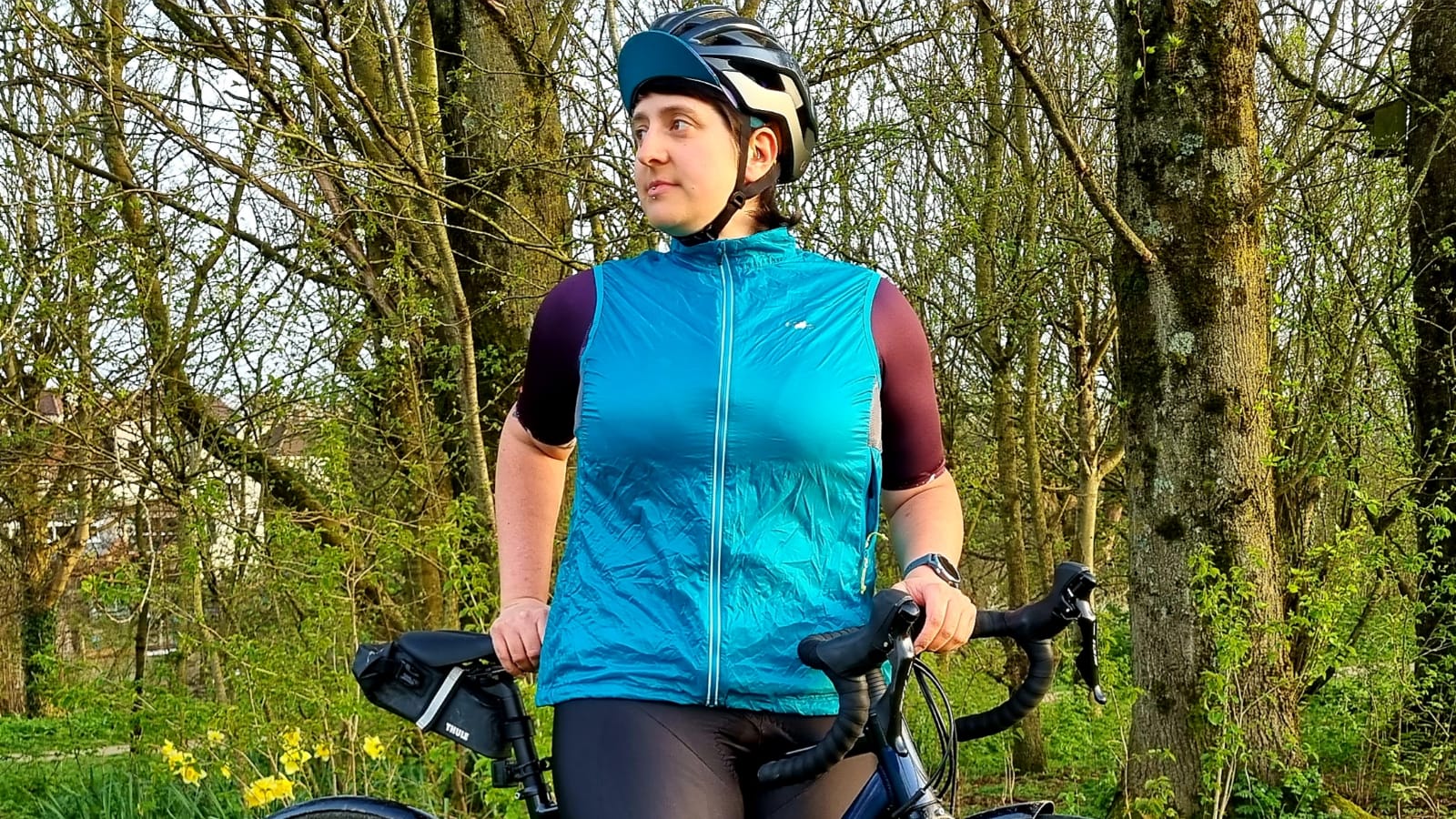
The Arro Vest was definitely my favourite of the two, as I was always pleasantly surprised by how warm my core felt, and it allowed a decent amount of airflow to keep me dry underneath.
While out testing, I inevitably got caught in rain showers of varying degrees, and found that the vest can stand up to a light sprinkling, with water beading off the fabric, and my jersey feeling dry underneath.
However neither garment is marketed as waterproof, and being out in heavy downpours resulted in the vest being completely saturated and wet on the inside as well.
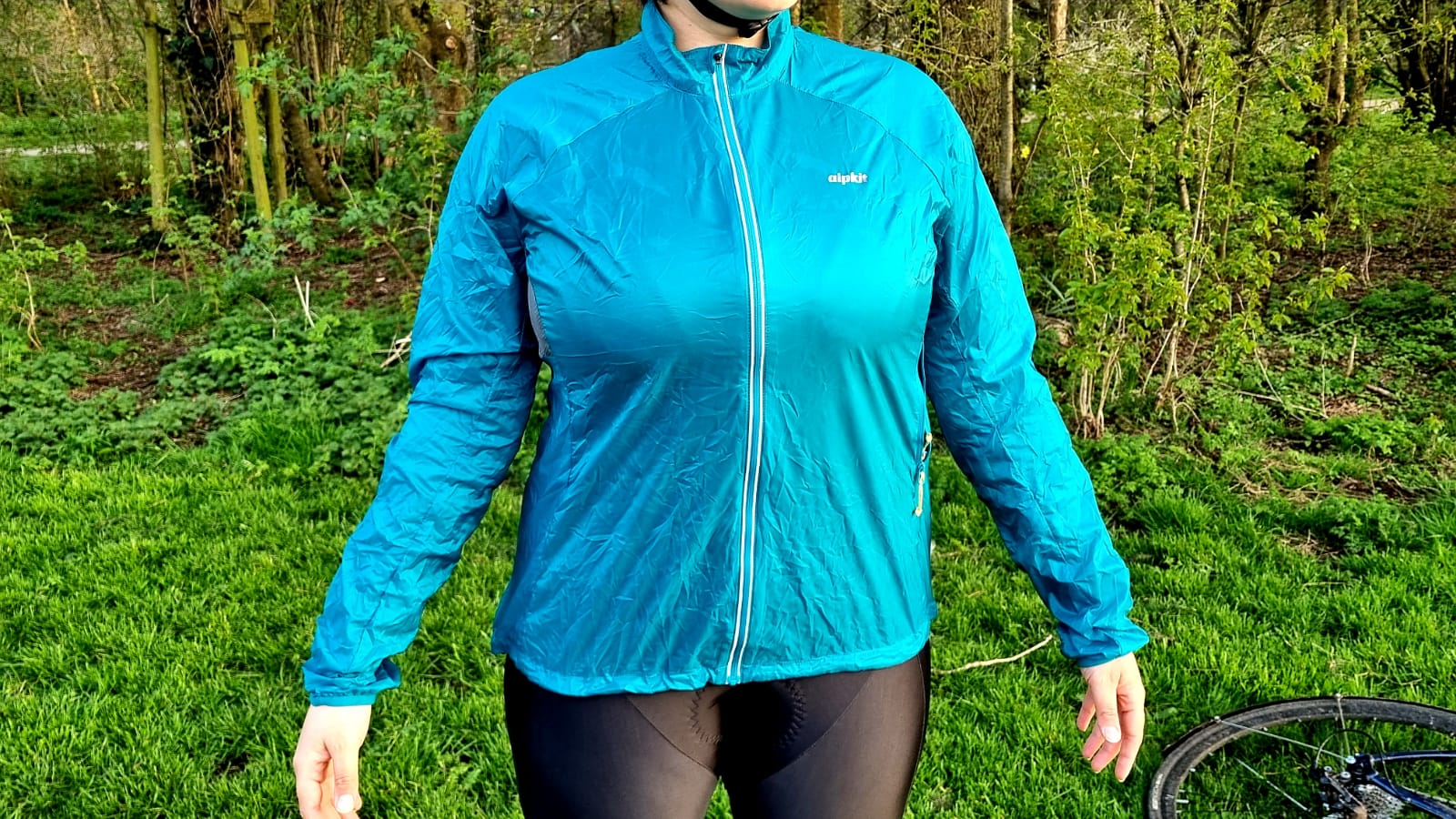
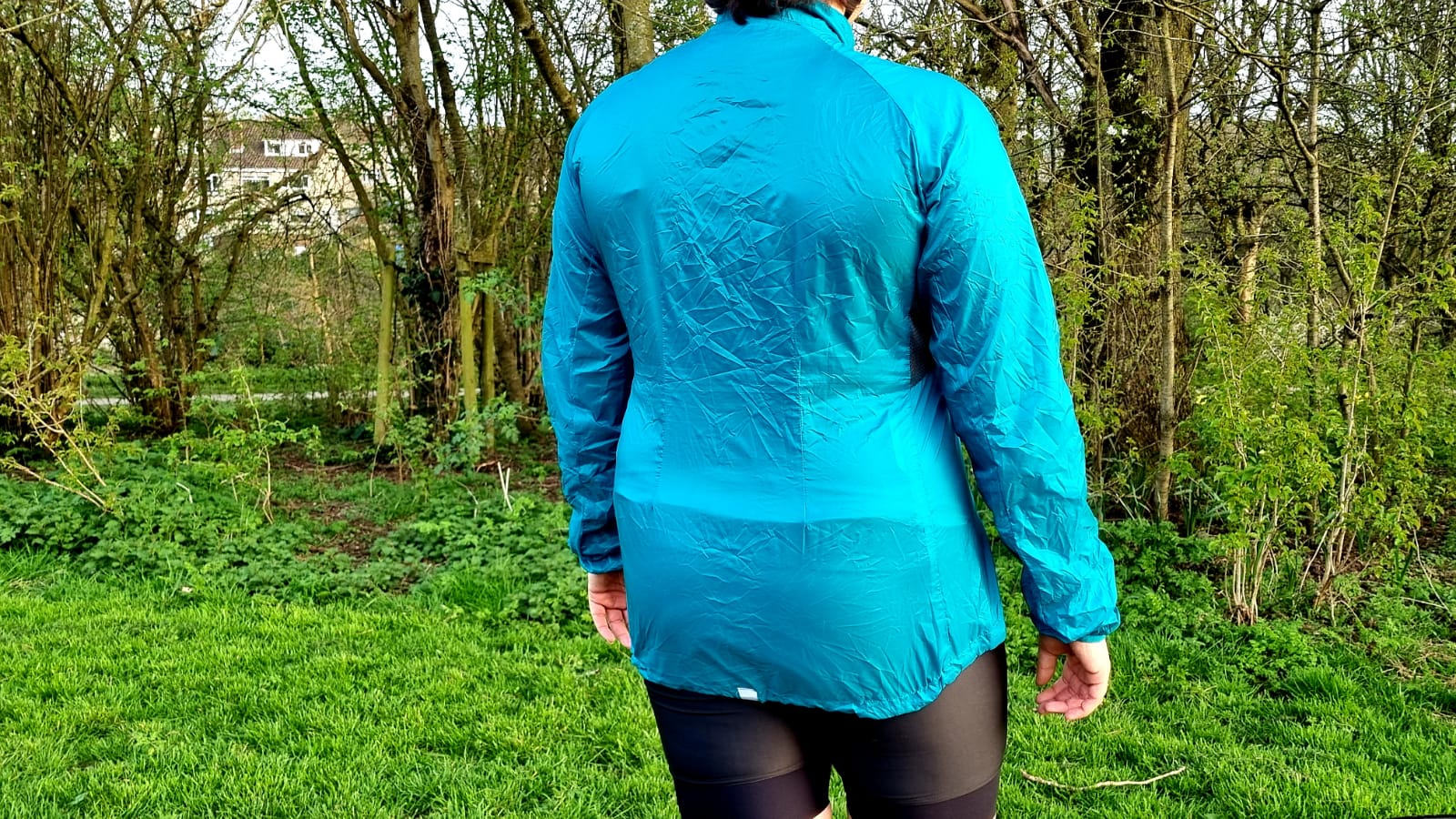
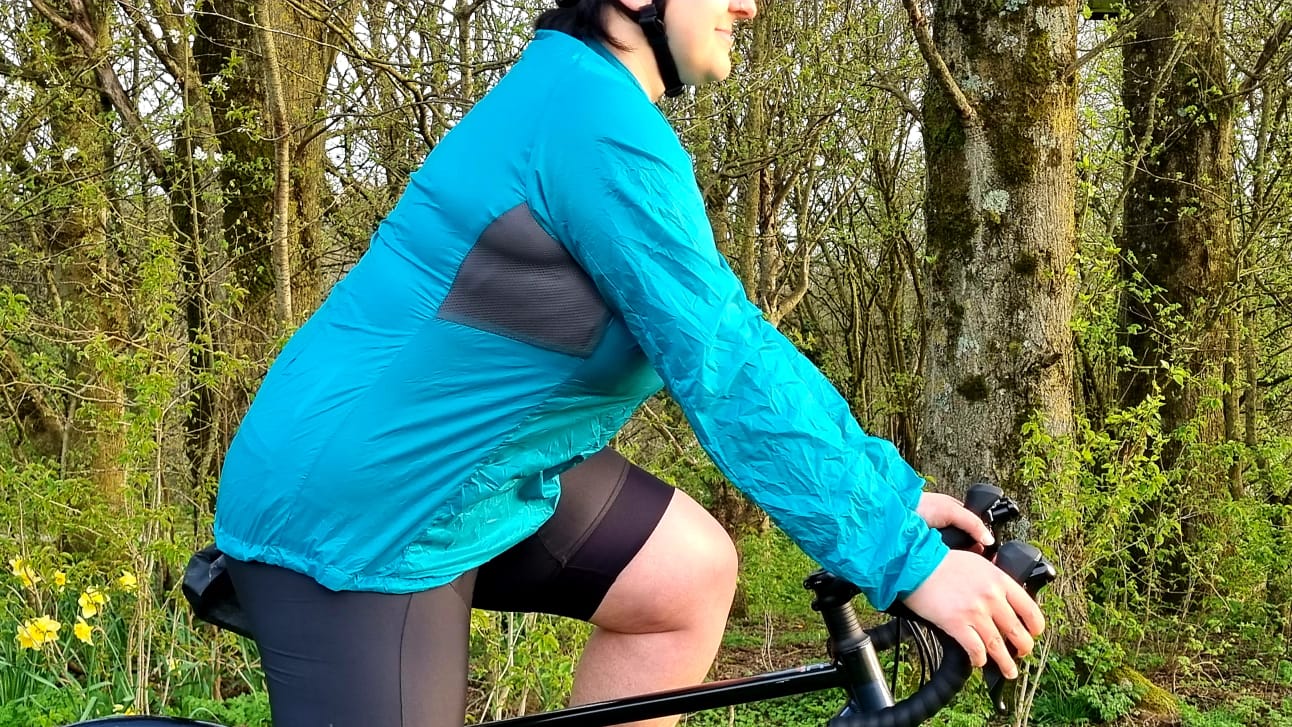
The Arro Jacket, on the other hand, I had more difficulty with. While it’s impressively waterproof alongside its sleeveless counterpart, for some reason the mesh ventilation panels just aren’t up to the task.
I found myself removing it whenever the opportunity arose because it quite honestly epitomised the ‘boil in the bag’ qualities that we try to avoid. The fabric is translucent, which means you can even see the build-up of water droplets beneath the jacket, and every time I removed it I felt damp and clammy.
Verdict
We decided to review and rate the Arro Vest and Arro Jacket together because they’re so similar and share many of the same positive qualities, however I definitely came out of this experience with a firm favourite.
The Arro Vest does a standup job, especially considering how affordable it is at £29.99 / $39.99. It’s fully windproof, keeps your core insulated well, and somehow manages to breathe via the combination of the mesh ventilation panels and the open arm holes which undoubtedly promote some airflow. It packs down to a very pocketable size, making it an invaluable piece of kit that you can stuff in a pocket as you head out on a ride, and be glad you brought it when the wind picks up and the temperature unexpectedly drops.
I really want to like the jacket as much as I like the vest, but the lack of breathability just had me feeling uncomfortable and clammy on every ride, to the point where I simply had to remove it. While most of my riding with this jacket took place in temperatures above 7 degrees Celsius (44 F), I reckon that you might get away with it in colder climes where you’re less likely to sweat. Otherwise I’d recommend using it for walking and sitting in chilly pub gardens rather than full-on exercise.
Tech specs: Alpkit Arro Vest
- RRP: £29.99 / $39.99
- Sizes: 8-18
- Colours: 1
Tech specs: Alpkit Arro Jacket
- RRP: £44.99 / $54.99
- Sizes: 8-18
- Colours: 1
Mildred joined as Reviews Writer for Cyclingnews and BikePerfect in December 2020. She loves all forms of cycling from long-distance audax to daily errand-running by bike, and does almost everything on two wheels, including moving house, and started out her cycling career working in a bike shop. For the past five years she's volunteered at The Bristol Bike Project as a mechanic and session coordinator, and now sits on its board of directors.
Since then she's gone on to write for a multitude of cycling publications, including Bikeradar, Cycling Plus, Singletrack, Red Bull, Cycling UK and Total Women's Cycling. She's dedicated to providing more coverage of women's specific cycling tech, elevating under-represented voices in the sport, and making cycling more accessible overall.
Height: 156cm (5'2")
Weight: 75kg
Rides: Stayer Groadinger UG, Triban RC520 Women's Disc, Genesis Flyer, Marin Larkspur, Cotic BFe 26, Clandestine custom bike
